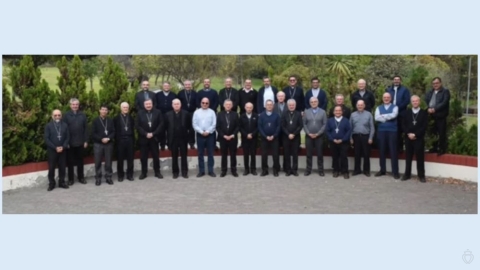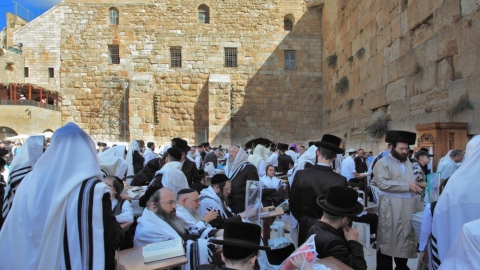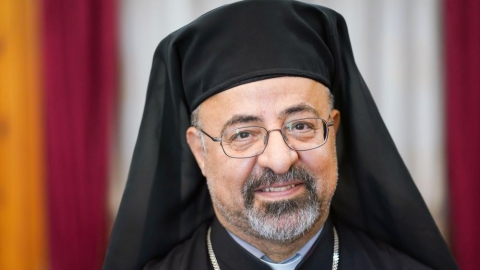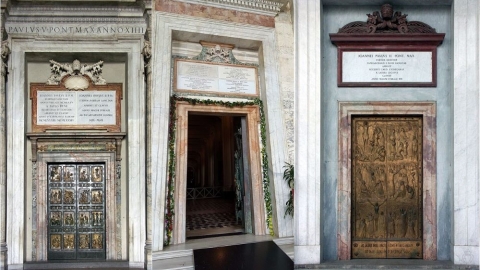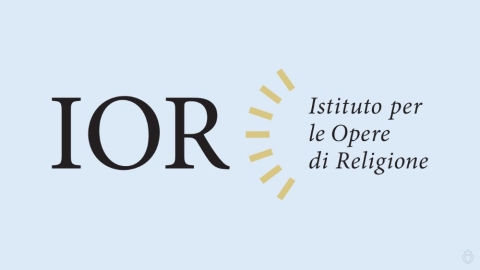Liturgical Quarrel Among the Rites in India: Rome Appoints an Envoy
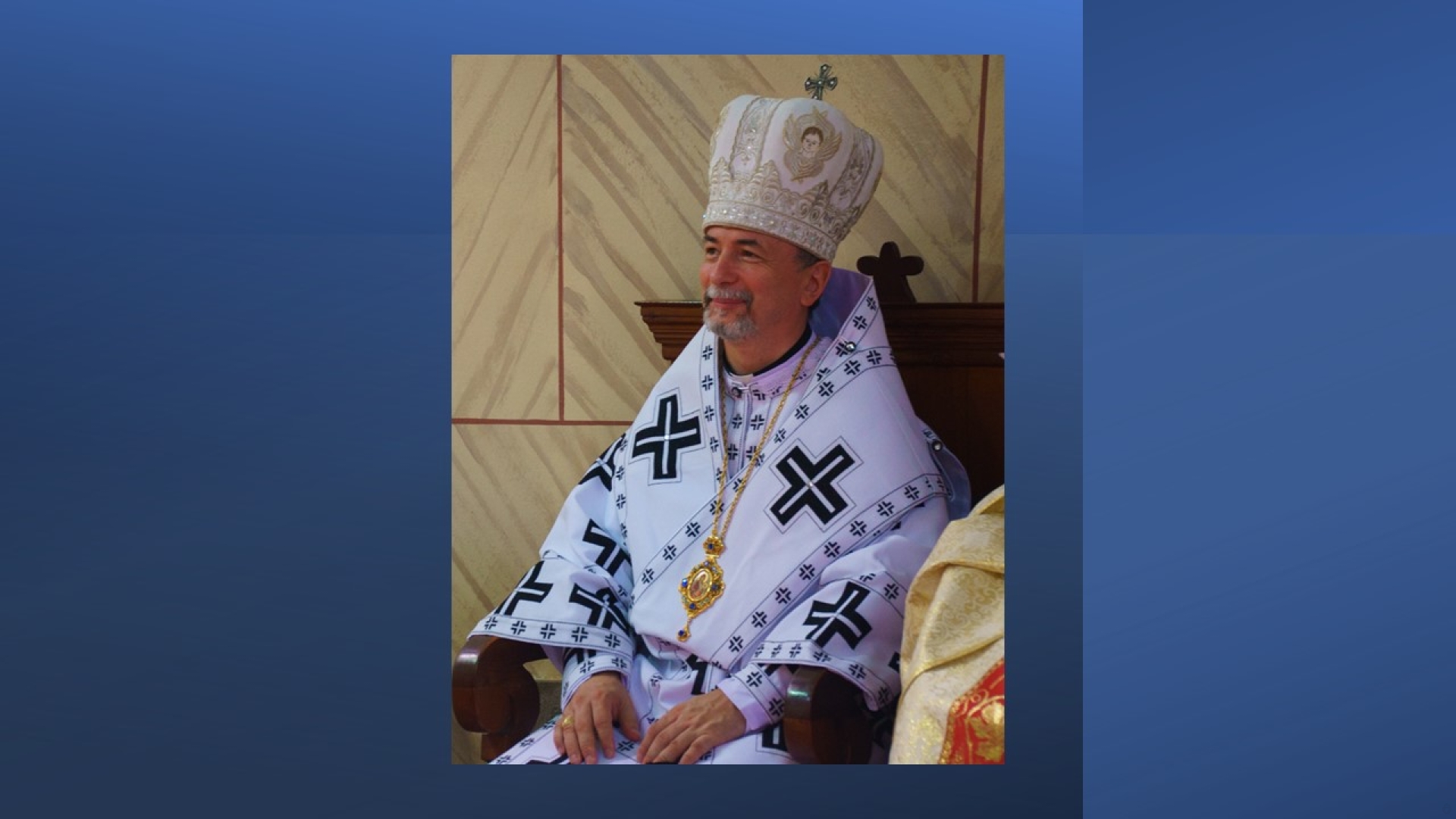
Archbishop Cyril Vasil
The Sovereign Pontiff has sent a pontifical delegate to the diocese of Ernakulam-Angamalyafin, Kerala, India, in order to find a way out of the liturgical quarrel which has torn apart the Catholics of the Syro-Malabar rite for several years. Although fully aware of the thorny issue, Bishop Cyril Vasil is advancing on a minefield. Some of the laity are already denouncing the alleged partiality of the Pope's envoy.
Will Pope Francis’s envoy manage to unblock the situation? The question has been on the lips of all Catholics in Kerala, India, since the Holy See announced the arrival of Archbishop Cyril Vasil on August 4, 2023. The archbishop, a former member of the Congregation for the Oriental Churches and rector Emeritus of the Pontifical Oriental Institute in Rome, currently directs the Greek-Catholic Eparchy of Kosice, Slovakia.
Because, among the dioceses attached to the Dicastery for the Eastern Churches, Ernakulam-Angamaly is the only one at which there has been any kind of mass resistance to the implementation of liturgical reform: street fights, hunger strikes, scenes of prelates burned in effigy punctuate the life of Kerala Catholics.
To grasp the complexity of the situation, it must be remembered that two currents were born in this Church in the first half of the 20th century, putting into opposition those who wanted a restoration of the rite according to the Syro-Eastern tradition, and those who called for Indian inculturation, in order to get closer to the supposed liturgical origins of a Church founded by the Apostle St. Thomas.
It is in the name of this liturgical archaism that there appeared celebration of the Mass facing the people, resulting in such chaos that the unity of the local church was called into question.
For the sake of compromise, in 1999 a Syro-Malabar synod unanimously decided, with the approval of the Holy See, that the priest celebrates Mass facing the people up to the liturgy of the Word. Then, at the consecration and Eucharistic rites, he turns towards the altar (in the direction in which the faithful also look). After communion, the celebrant turns back to look towards the assembly, which is the provision against which priests and faithful are resisting, wanting to keep “their traditions” dating back only half a century.
Archbishop Vasil knows perfectly the dossier entrusted to him by the Roman Pontiff, having already visited the site in 2018. The Slovak prelate showed himself to be enthusiastic towards Catholics of the Syro-Malabar rite: “I can say that it is one of the most flourishing churches that I have encountered.”
“Many times in lands with a Christian tradition, there is a feeling of discouragement in the face of secularization. I recommend to all the pastors who suffer from a lack of visibility of the Christian presence to come and visit the Church of Kerala, the families there are still numerous compared to Europe, and the participation in Sunday Mass is 95 to 98% ,” he then admiringly stated.
These words do not seem to affect that part of the laity of the diocese who are opposed to the liturgical reform. The information site Web Matters India has just reported that they are accusing the Pope’s envoy of bias. “Neither the Syro-Malabar Synod nor the Vatican want to bring an honest and just solution to the problem,” they claim, and this even before the arrival of Vasil.
The Slovak prelate’s mission is of particular importance. While the Syro-Malabar Church had four bishops a century ago, it has 64 today, not to mention 8,600 priests and 36,000 religious. It is a community that is doing quite well in the context of Indian politics that are hostile to Christianity more than ever.
(Sources : Asianews/Crux – FSSPX.Actualités)
Illustration : Peter Hric, CC BY-SA 4.0, via Wikimedia Commons
